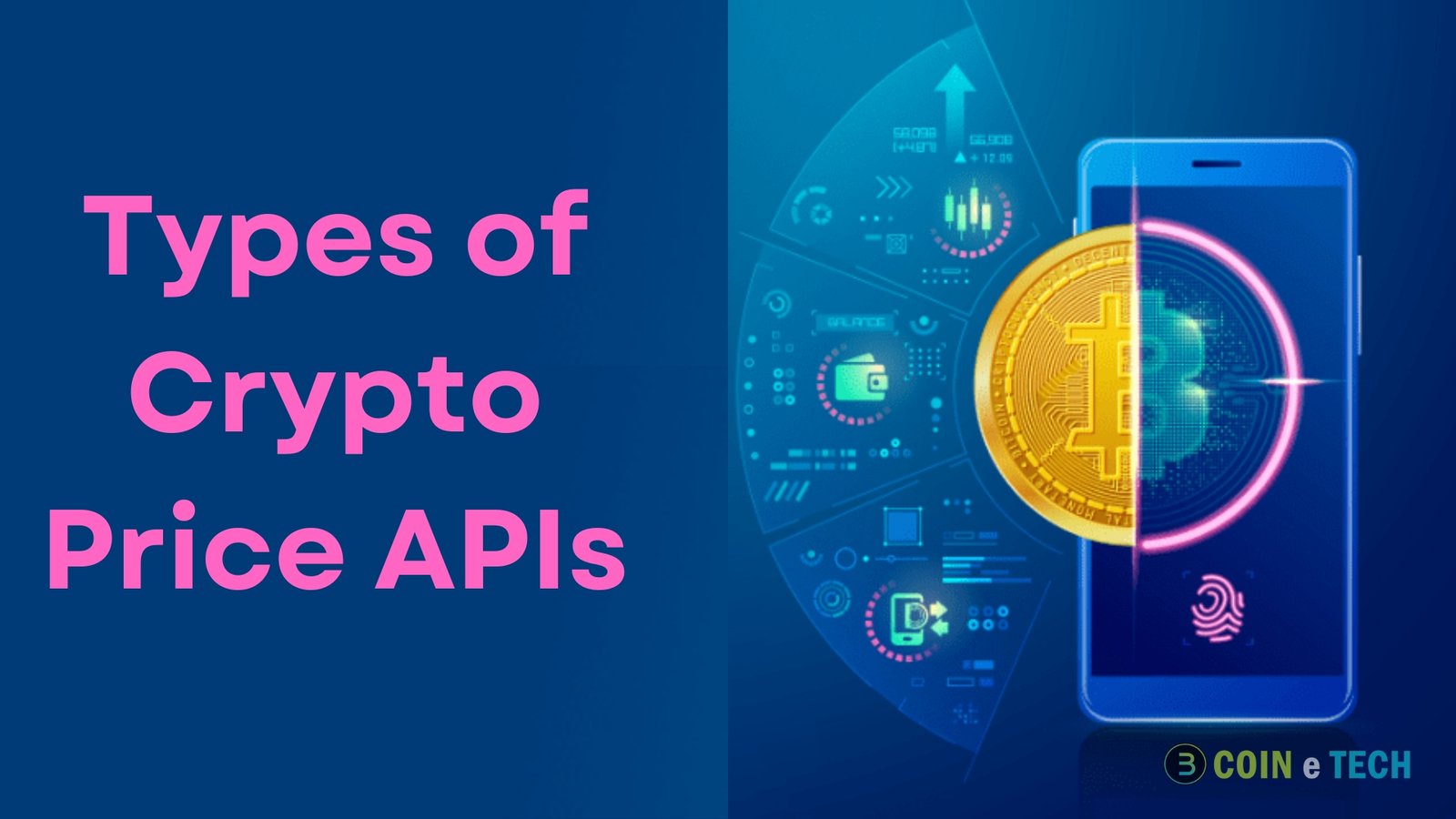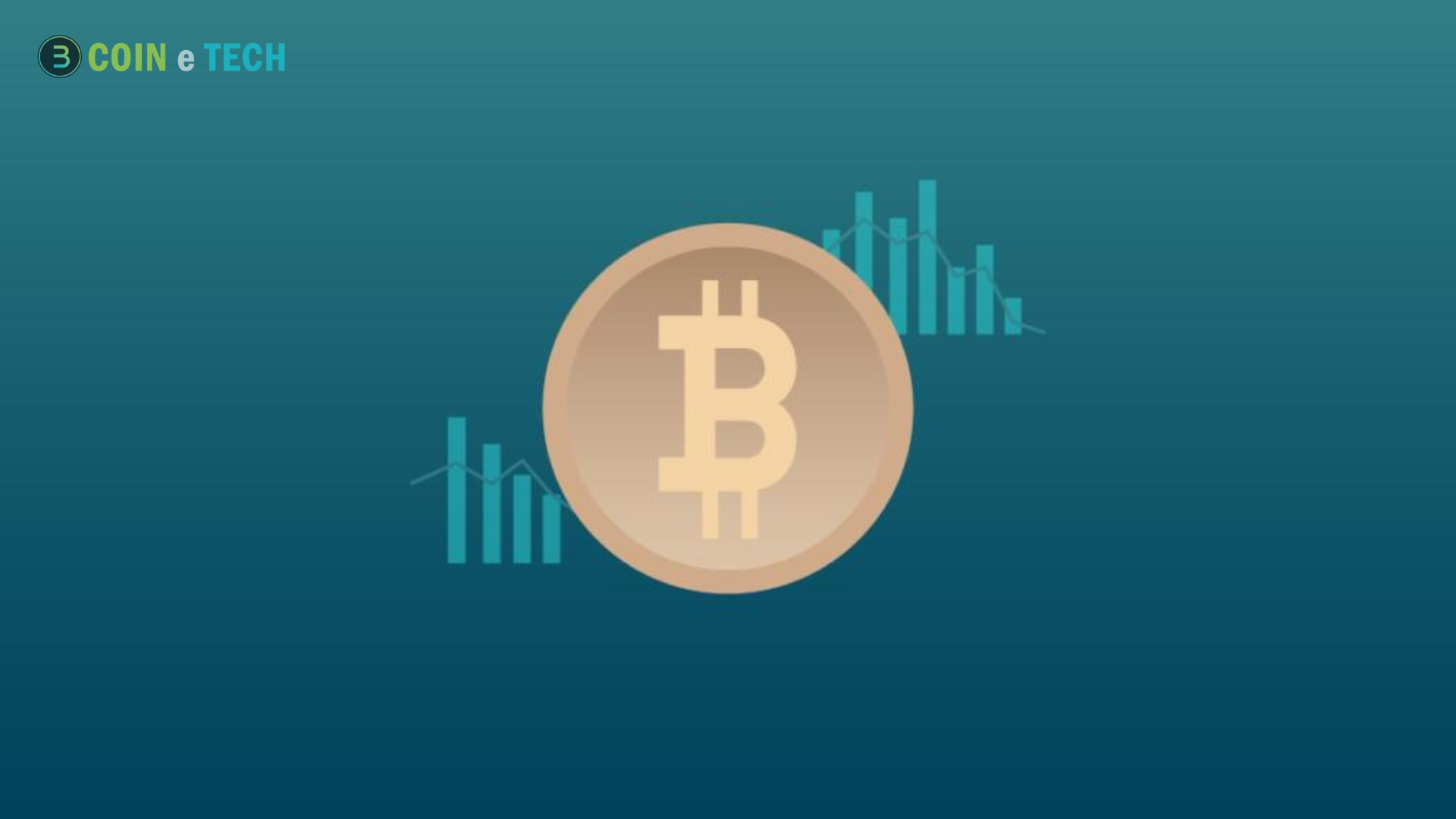A surge in the need for up-to-the-minute market data has occurred in tandem with the widespread interest in cryptocurrencies. Institutional and individual traders are always on the lookout for market trends, historical data, and real-time price updates. Integrating Bitcoin price data into applications, dashboards, and platforms is made possible by the API for crypto prices, which is at the heart of this dynamic market.
Application programming interfaces (APIs) are a powerful tool in today’s financial scene. This article delves into cryptocurrency pricing, its significance, important features, top providers, and how these APIs work.
What is a Crypto Price API?
Thousands of altcoins, like Bitcoin (BTC), Ethereum (ETH), and hundreds more, may have their current, past, and future prices tracked via an API specializing in crypto prices. Trading platforms, smartphone apps, and portfolio trackers can all benefit from these APIs, which compile data from several Bitcoin exchanges and present price information.
Applications can automate the retrieval of vital data such as market capitalization, liquidity, trading volume, and price variations by using an API for crypto pricing. The API saves developers the trouble of constantly updating and retrieving this data by providing it in a structured, user-friendly way.
Why Are Crypto Price APIs Important?
There are multiple reasons why cryptocurrency pricing APIs are crucial:
- Real-time Data: Cryptocurrency markets are highly volatile, and real-time price data is critical for informed decision-making. APIs provide up-to-the-minute data that helps traders and investors stay informed about market trends and opportunities.
- Automation: APIs enable applications to fetch and display current prices automatically without human intervention. This is especially useful in algorithmic trading, portfolio management, and alerts systems.
- Accuracy: APIs aggregate data from multiple exchanges, ensuring accurate and reliable price points. By pulling data from various sources, they minimize discrepancies that can arise from single-exchange reliance.
- Customization: Many APIs offer advanced filtering and customization features, allowing developers to retrieve specific data points like prices of particular tokens, historical price ranges, or certain exchanges.
- Global Access: Cryptocurrency markets operate 24/7 globally. APIs allow traders, developers, and platforms worldwide to access the same data, breaking down geographical and time-zone barriers.
Types of Crypto Price APIs
There are two broad categories of cryptocurrency price APIs:
- Public APIs: These APIs provide public data that doesn’t require user authentication. Public APIs typically offer real-time price feeds, historical price data, and information on various coins and exchanges.
- Private APIs: Private APIs require user authentication, often via API keys. These APIs usually allow for more advanced actions such as placing trades, checking account balances, and viewing detailed order book data.
Types of Data Provided by Crypto Price APIs
There are several categories of data that crypto price APIs offer:
- Spot Prices: The current price at which a cryptocurrency trades on different exchanges.
- Historical Data: Time-series data on the historical prices of cryptocurrencies, including open, close, high, and low prices.
- Market Cap Data: The total value of a cryptocurrency’s circulating supply, calculated as the product of its price and the total number of coins in circulation.
- Volume Data: The total value or number of coins traded over a specified period, which can be useful for understanding liquidity and market activity.
- Order Book Data: A record of all cryptocurrency buy and sell orders, showing market depth and liquidity at different price levels.
- Exchange Rates: Conversion rates between different cryptocurrencies or between fiat currencies and cryptocurrencies.
- OHLC Data: Open, High, Low, and Close price data are commonly used for charting price movements over time.
Key Features to Look for in a Crypto Price API
When choosing a crypto price API, there are several key features to consider:
- Reliability: Ensure the API provider has a robust infrastructure with minimal downtime. Given the volatility of the crypto market, uninterrupted access to data is crucial.
- Data Accuracy: A reliable API should offer accurate data from reputable exchanges. Look for providers that aggregate data from multiple sources to provide average or weighted prices.
- Real-time Access: Latency can be an issue if you’re working on a trading platform or an application that requires real-time price data. Choose an API with low latency and real-time updates.
- Historical Data: Many applications, such as analytical platforms or back-testing tools, require access to historical data. Ensure the API provides this feature if relevant to your use case.
- Scalability: As your application grows, your data needs will grow, too. Look for an API that offers scalable solutions, from low-volume free plans to enterprise-level services.
- Ease of Integration: A good API should come with thorough documentation, SDKs (Software Development Kits), and sample code for easy integration into various programming languages.
- Cost: Pricing varies across API providers, from free-tier options to premium services. The pricing model should match your needs, whether you require real-time data, historical records, or extensive custom queries.
- Rate Limits: Each API limits how many requests you can make per minute or day. High rate limits are crucial if you need frequent data updates or your application serves many users.
Top Crypto Price API Providers
Several platforms offer APIs to retrieve cryptocurrency price data. Here are some of the most popular and reliable providers in the space:
CoinGecko API
CoinGecko is one of the largest cryptocurrency data aggregators, offering a free and premium API service. It provides extensive data on over 6,000 cryptocurrencies across more than 400 exchanges.
- Data Offered: Spot prices, historical data, market cap, volume, and exchange-specific data.
- Rate Limits: Free tier with up to 100 requests per minute and a paid tier for higher limits.
- Pricing: Free tier and paid plans starting at $100/month.
- Best For Those looking for extensive, free crypto price data.
CoinMarketCap API
CoinMarketCap is a widely recognized name in the crypto space, offering both free and premium API services. It aggregates data from multiple exchanges, covering over 2,000 cryptocurrencies.
- Data Offered: Price, volume, market cap, supply, and historical data.
- Rate Limits: Free tier with up to 333 requests/day, with paid plans offering higher limits.
- Pricing: Paid plans start at $29/month.
- Best For Traders and businesses needing real-time and extensive historical data.
Binance API
Binance, one of the world’s largest cryptocurrency exchanges, offers a robust API. This API allows users to access real-time prices and historical data and execute trades directly on the Binance platform.
- Data Offered: Spot prices, OHLC data, trade execution, and account data.
- Rate Limits: 1,200 requests per minute.
- Pricing: Free for public price data; advanced trading services may incur additional costs.
- Best For Developers integrating with the Binance ecosystem or active traders.
CryptoCompare API
CryptoCompare is known for its reliable and comprehensive API, offering free and paid tiers. It provides data from hundreds of exchanges and supports over 5,000 cryptocurrencies.
- Data Offered: Spot prices, historical data, market cap, trading volume, and social sentiment.
- Rate Limits: 100,000 calls per month on the free plan; higher limits on paid plans.
- Pricing: Paid plans start at $79.99/month.
- Best For Users who need social sentiment analysis and standard price data.
Kraken API
Kraken is a leading cryptocurrency exchange with an API tailored for professional traders and developers. It offers access to public data (like prices) and private data (such as account balances and trade execution).
- Data Offered: Spot prices, OHLC data, trading volume, order book data, and account balance.
- Rate Limits: 1,000 requests per 10 seconds.
- Pricing: Free for public data, paid-for trade execution, and other features.
- Best For: Professional traders and developers building tools around Kraken.
Nomics API
Nomics provides a high-quality API often praised for its reliability and accuracy. It includes coverage for thousands of cryptocurrencies and multiple exchanges.
- Data Offered: Prices, historical data, market cap, liquidity, and trade volume.
- Rate Limits: 1 request per second.
- Pricing: Paid plans start at $19/month.
- Best For: Data-intensive applications needing reliable and accurate pricing data.
How to Integrate a Crypto Price API
Integrating a cryptocurrency price API into your application involves several steps. Here’s a basic roadmap:
Get an API Key
Most API providers require you to sign up and obtain an API key, a unique identifier used to authenticate your application and monitor your usage.
Review Documentation
Once you’ve chosen a provider, review their API documentation. It should provide details on endpoints, parameters, and response formats (often JSON or XML).
Write Code to Fetch Data
Write a function that sends an HTTP request to the API endpoint using your preferred programming language (Python, JavaScript, etc.). For example, in Python, using the requests library:
import requests
url = "https://api.coingecko.com/api/v3/simple/price"
params = {
'ids': 'bitcoin,ethereum',
'vs_currencies': 'usd'
}
response = requests.get(url, params=params)
data = response.json()
print(data)
This code retrieves the current price of Bitcoin and Ethereum in USD.
Display or Store the Data
Once you’ve fetched the data, you can display it in your application or store it in a database for later analysis or charting.
Handle Errors and Rate Limits
APIs often impose rate limits to prevent overuse. Ensure your application handles these limits by implementing retry mechanisms or caching frequent requests.
Use Cases of Crypto Price APIs
Crypto price APIs serve a wide variety of use cases:
- Trading Bots: Algorithmic traders use APIs to automate buying and selling decisions based on real-time price movements.
- Portfolio Trackers: Developers can build applications that monitor the performance of a user’s cryptocurrency holdings in real time.
- Price Alerts: APIs enable the creation of price alert systems that notify users when a certain price threshold is reached.
- Market Analysis: Analysts and researchers use APIs to gather historical data to chart trends and perform technical analysis.
- Exchanges: Cryptocurrency exchanges integrate price APIs to display real-time prices for users and execute trades.
Conclusion
Cryptocurrency price APIs are a vital component of the cryptocurrency ecosystem. They provide developers with the means to construct robust apps that depend on precise, up-to-the-minute market data, whether for real-time trading or analyzing historical data. Whether you’re creating a basic portfolio tracker or a sophisticated algorithmic trading platform, there is a crypto price API that will meet your needs, thanks to various suppliers offering flexible and scalable solutions.
To ensure an API fits your project’s needs, consider things like stability, data accuracy, rate limitations, and price. If you have the correct application programming interface (API), you can build apps that give customers a data-driven experience and fully use cryptocurrency market data.








